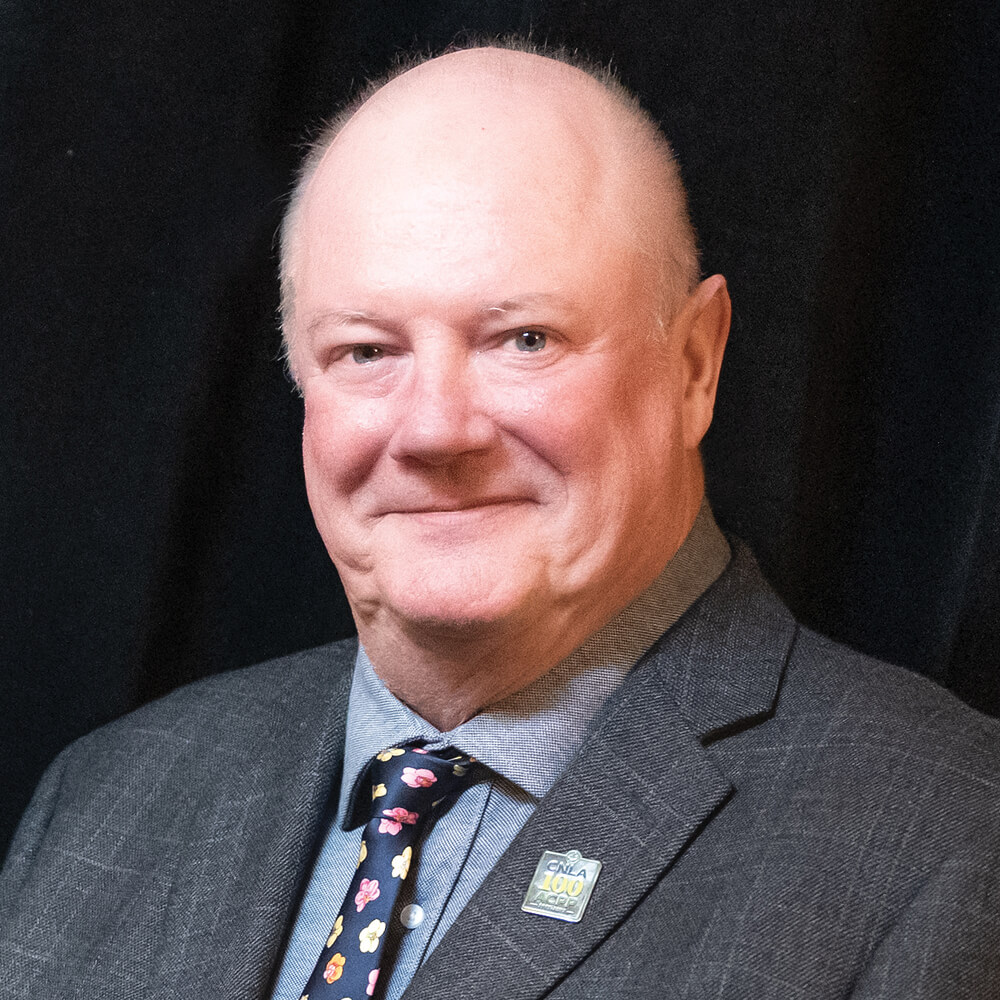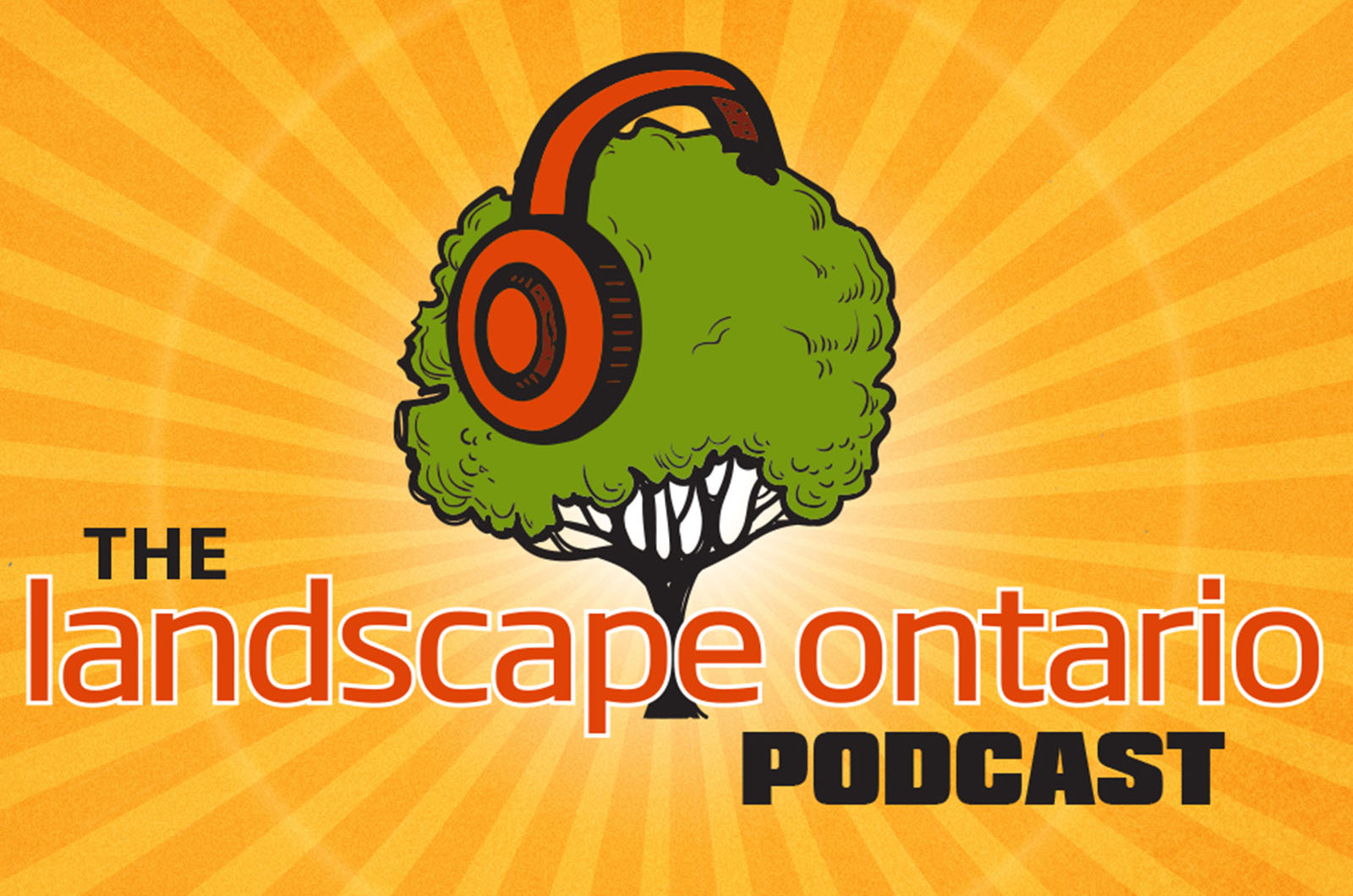July 11, 2024

Think globally, act locally
 Interview with Bill Hardy, CLHM
Interview with Bill Hardy, CLHMThis interview originally aired on the Landscape Ontario podcast and has been edited for length and clarity.
Have you ever wondered if what you’re doing as a landscaper to mitigate climate change is enough? The global situation feels so complex and monumental sometimes, and we all wonder at some point ‘how can I, just one individual, make a difference?’
Bill Hardy recently joined the Landscape Ontario Podcast and says the trick is to think globally, but act locally. Hardy is a Certified Landscape Horticulturalist and owns Grow and Gather, an independent retail garden centre in British Columbia. Hardy is currently president of the Canadian Nursery Landscape Association (CNLA). He also serves on the boards of the Green Cities Foundation (GCF) and the International Association of Horticulture Producers (AIPH), as well as a number of other advisory committees. Hardy’s participation in these organizations gives him a wide perspective of how climate change is being addressed by horticulture and landscaping innovators in both Canada and around the world.
In our conversation, we discussed which countries are leading the way by developing innovative green city solutions, and what an individual landscaper can do to contribute to the big picture.
Tell me about some of the major global events you and the CNLA have attended to stay current with climate mitigation trends.
The AIPH spring meeting this year was in Doha, Qatar. We had a Green City Conference that was specifically around greening cities in arid zones, particularly deserts.And I found it really fascinating because the technology that is being used in deserts to create green spaces can be adapted to many cities around the world, especially as we're finding that dry periods are drier and longer, and wet periods are wetter and longer, and more severe. So how people are using green solutions to improve their cities and tackle some of these issues is quite remarkable, and it's amazing to see some of the great work that's being done around the world.
CNLA has invested a fair chunk of time and effort [into participating at the COP Summits]. We started in 2022 in Glasgow. It caught our interest because it was the first time a COP Summit started talking about the other side of the climate cycle, so the capture side versus just the emissions side. Most COP climate summits have been around reducing emissions.
And then in Egypt for COP27, three of us from the CNLA attended. It was interesting to see the remarkable shift in just those few short years of how nature-based solutions seem to be front and centre of most of the conversations. Even though a lot of the policy and some of the larger frameworks were still set around the emission side, the conversation was really opening up around green solutions, especially on a broad scale.
COP is quite amazing. With three of us there, we still covered maybe two or three per cent of what was available. There's literally 1,000 to 1,200 panel sections a day. One hundred and eight-nine countries represented. There's different pavilions around themes like sustainability, et cetera, so it really is a lot of information being presented and a lot to absorb. There's growing awareness of the value of green spaces in cities. A lot of the presentations focused on what was actually happening within the cities, especially around biodiversity and climate solutions.
What countries or regions are proving to be innovative and progressive in this space?
I think the Netherlands leads the way in a lot of respects, along with the U.K. The European Union seems to always be a few years, if not a decade, ahead of us on solutions. Some of the issues that we're experiencing now, they've already experienced with population growth, urbanization and labour issues.I'm also highly impressed with Australia and what Australia has been able to do, given that it's a country about the same size or population of Canada. The resources that they put into research and development and marketing of plants as a solution has been quite amazing over the years, and they've won many awards. Their Greener Spaces, Better Places website is a really good resource.
What are those countries doing that’s so advanced that Canada should also consider doing?
On the horticultural side, they have a lot of solutions around water management, and around different growing techniques that are more sustainable. We have the issue of plastics in our industry here in Canada that the government is looking at solutions for… the Netherlands has led pretty much the EU on plastic solutions with recycled content and with reusable versus trashable products.A lot of the cities over there are very old with very old architecture. I always find it a little bit funny that, in Canada, we say we can't do these things because we don't have the space or it would cost too much money, but they're finding solutions over there. There's cities like Barcelona and Spain that have literally changed their city and the way that they live within their city by creating what they call super blocks and eliminating local traffic in those super blocks, creating very livable spaces.
Let's face it, 83 per cent of Canadians live in cities, and that's where we can have the most impact on health. It's also an area that is important, even from a global scale, because 70 per cent of emissions come from cities and reducing emissions in cities is a goal of COP, but making them also more healthy and more livable while we're transitioning is critical.
Individual landscapers might feel too small to be part of a big change. How can they make a difference?
I think the common philosophy is that there's really nothing I can do. But if you look at a satellite image of a city, you’ll see most of the space other than the public space that's taken up for roads and commercial buildings is residential. In Vancouver, for example, we had a net loss of trees over the last few years. And all of that pretty much is on private land versus public land. The public is actually increasing plantings well, where private spaces are growing and bigger houses are being built and trees are being removed. So looking at the impact everybody can have in their own individual yards and spaces does impact the larger society.Maybe even more importantly, it improves their own health and well-being. I mean, there are so many research studies out there right now that show that if you're in a hospital room and you can see trees, you get better faster, and the same thing happens with us at home.
There's research being done in the EU right now that I find fascinating around just re-greening schoolyards and the difference it makes for kids in school to have green spaces to go in and play in versus concrete playgrounds.
Not to mention the benefits around air quality alone. Seven million people die around the world every year just because of poor air quality, and it's considered one of the leading causes of preventable death. I can't think of anything else that produces air other than plants.
I really think we're making progress. More and more often, we're seeing green solutions as a solution to a very large problem. It's a very easy sell, especially with homeowners, when you're suggesting the value of plants and using them instead of non-permeable surfaces to add to your living space. It is openly acknowledged that better use of green spaces and more green infrastructure would help mitigate flooding disasters.
As we're entering another summer where drought is going to be a problem, solutions for using greywater or being able to clean water and aid in climate mitigation around severe rainfall events is going to become more valuable.
You just have to make the decision that's good for you and good for society and where you live. Getting out into green space and getting your hands dirty and planting things is considered one of the best hobbies in the world.
